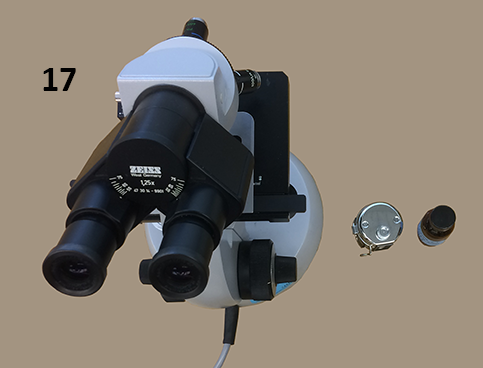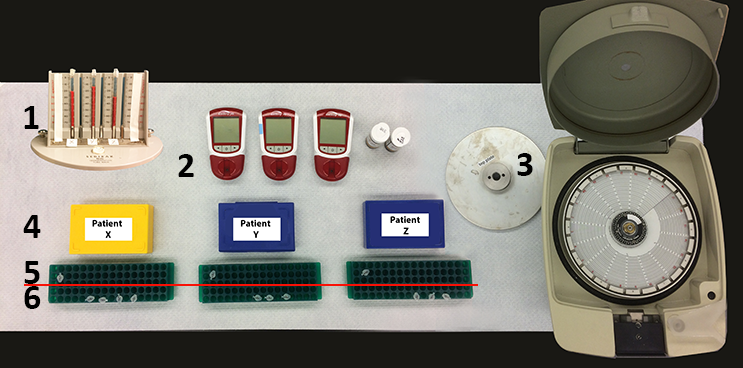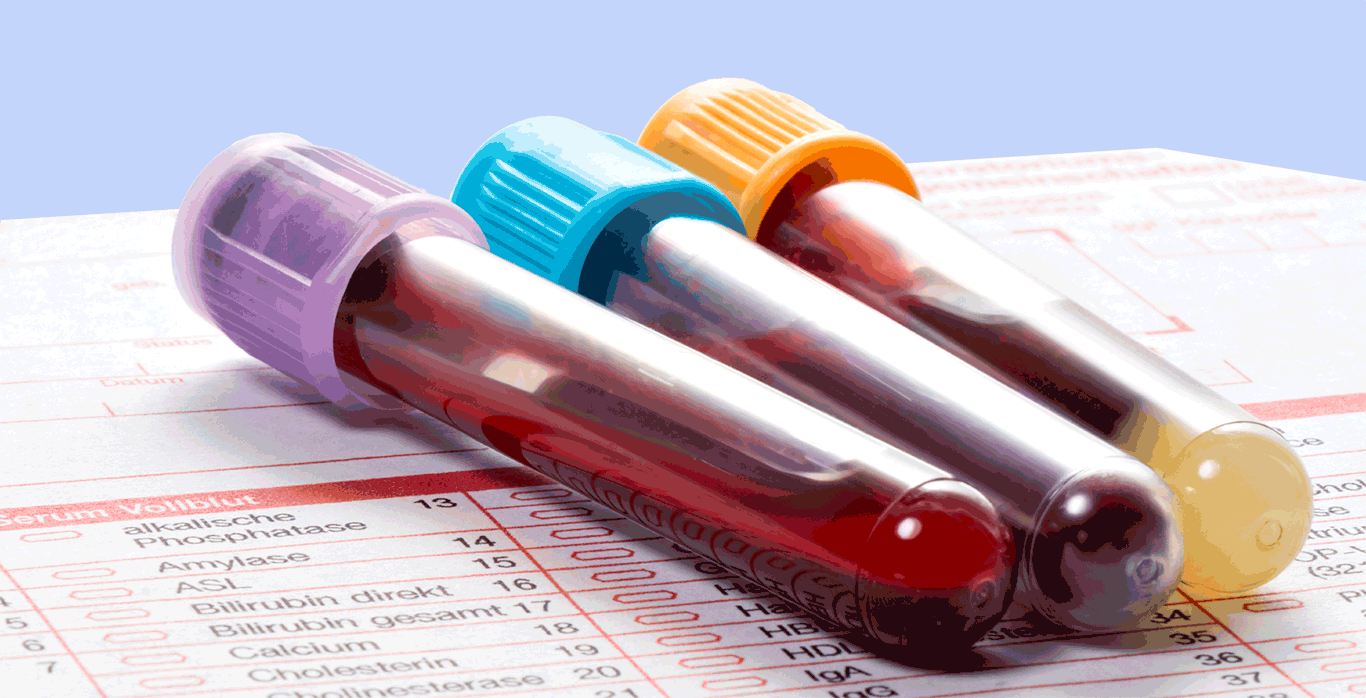In clinical practice, hematological information accumulated from a series of blood tests conducted on a small volume of blood - even a single drop - can be of great diagnostic and prognostic value. Of the various kinds of simple blood tests available, three groups have been selected for this laboratory session:
- Erythrocyte Fragility
- Erythrocyte Sedimentation Rate (ESR)
- Hemostatic Tests
- Blood Cell Indices
To derive the most benefit from this exercise, students should review appropriate chapters in the textbook dealing with the various constituents of blood, their functional characteristics, and the regulatory factors that determine their numbers or concentrations.
Bench setup
Student bench setup |
 |
|
|
Front bench setup |
|
|
|

